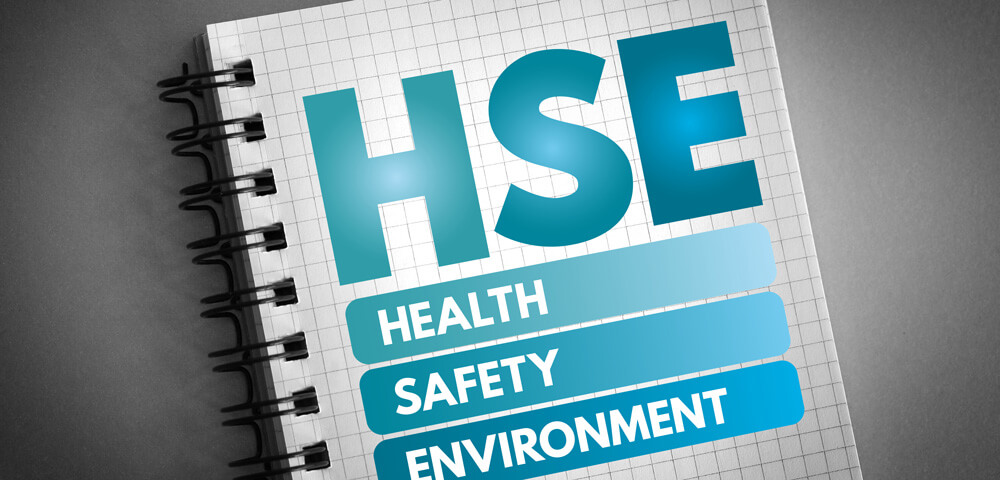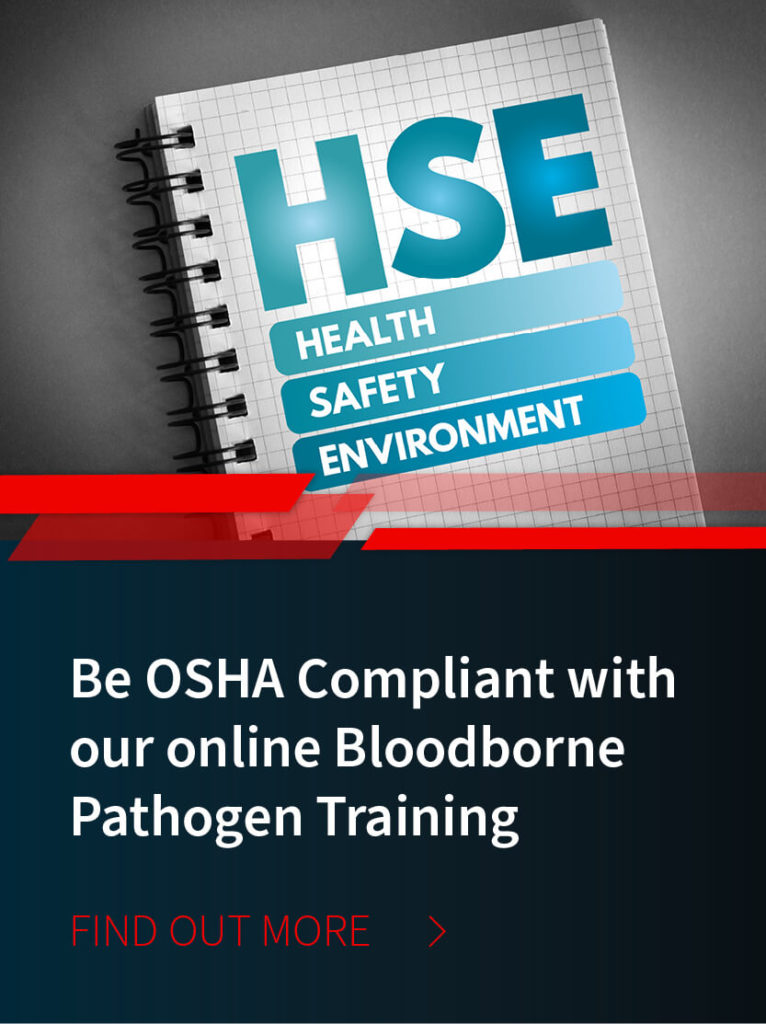
If you work in a medical practice of any variety, OSHA compliance training is undoubtedly on your radar every year. But where exactly can you get certified in these OSHA trainings? How does that process work, and what are the various pros and cons of the different available methods?
Annual OSHA Training: Certification Options
OSHA Online Training versus In-Person OSHA Training
When it comes to OSHA trainings, your main options are either to get certified online or to attend an in-person training session.
While there are some situations where an in-person training would be beneficial (a highly specialized team, for example, might benefit from in-person guidance), many medical practices find completing the OSHA online courses to offer several benefits.
First and foremost, going the online route avoids the scheduling and logistics nightmare of trying to get all employees together in the same room at the same time. Instead, all employees can complete the courses relevant to them—on their own time and at their own pace. The convenience of this is unmatched by in-person trainings.
Online courses also tend to be far less expensive than paying an actual trainer to conduct the course—especially when you consider you're often paying for this person's time as well as travel expenses and materials.
There's also the individual experience to consider. Say, for example, an employee is watching the video about bloodborne pathogens (BBP) at home. If that employee is confused by anything within the OSHA BBP training, the employee is free to go back and watch it again until the material makes sense. In an in-person setting, people are bound to learn and absorb information at different rates, and this kind of rehashing of material will be unnecessary time spent for other employees who already understand that particular point. More often than not, though, people tend to be less willing to ask questions or seek clarification in a group setting, for fear of slowing down the class or asking what others might perceive to be a silly question.
Is the Material the Same Wherever You Fulfill Your OSHA Requirements?
Yes. Whether you take an online course or actually attend a session with an instructor, the material covered and the OSHA rules are the same. Therefore, the core OSHA courses include the following:
- OSHA bloodborne pathogen training.
- HIPAA OSHA training.
- OSHA hazard communication standard.
- OSHA DOT training.
Again, all OSHA regulations stand, no matter where or how you complete these courses. Therefore, if, during the course of your job within a medical practice, you deal directly with patients, you are required to take OSHA bloodborne pathogens training every year. If, on the other hand, you deal with paperwork and confidential patient information, you will need to go through HIPAA OSHA training.
Similarly, the consequences are the same if you're not fully up to date on your trainings. Your medical practice can be vulnerable to OSHA fines if employees are found to be out of compliance.
Does Online Training Fulfill Every OSHA Regulation?
Yes. Because the trainings, online or in-person, cover the same material, getting certified online is just as legitimate in the eyes of OSHA as attending an in-person session. It is in no way a violation of OSHA rules to complete a training online, and when you pass a given course, you will immediately be considered up to date and in compliance.
Remember, all OSHA laws apply, regardless of what approved path you take to complete your training. For example, OSHA and bloodborne pathogens training needs to be completed every year, and this is the case whether you choose online or in-person training.
For more information about where and how to meet your OSHA compliance requirements, please feel free to contact a representative of MCF Environmental Services, an Atlanta waste management company.








